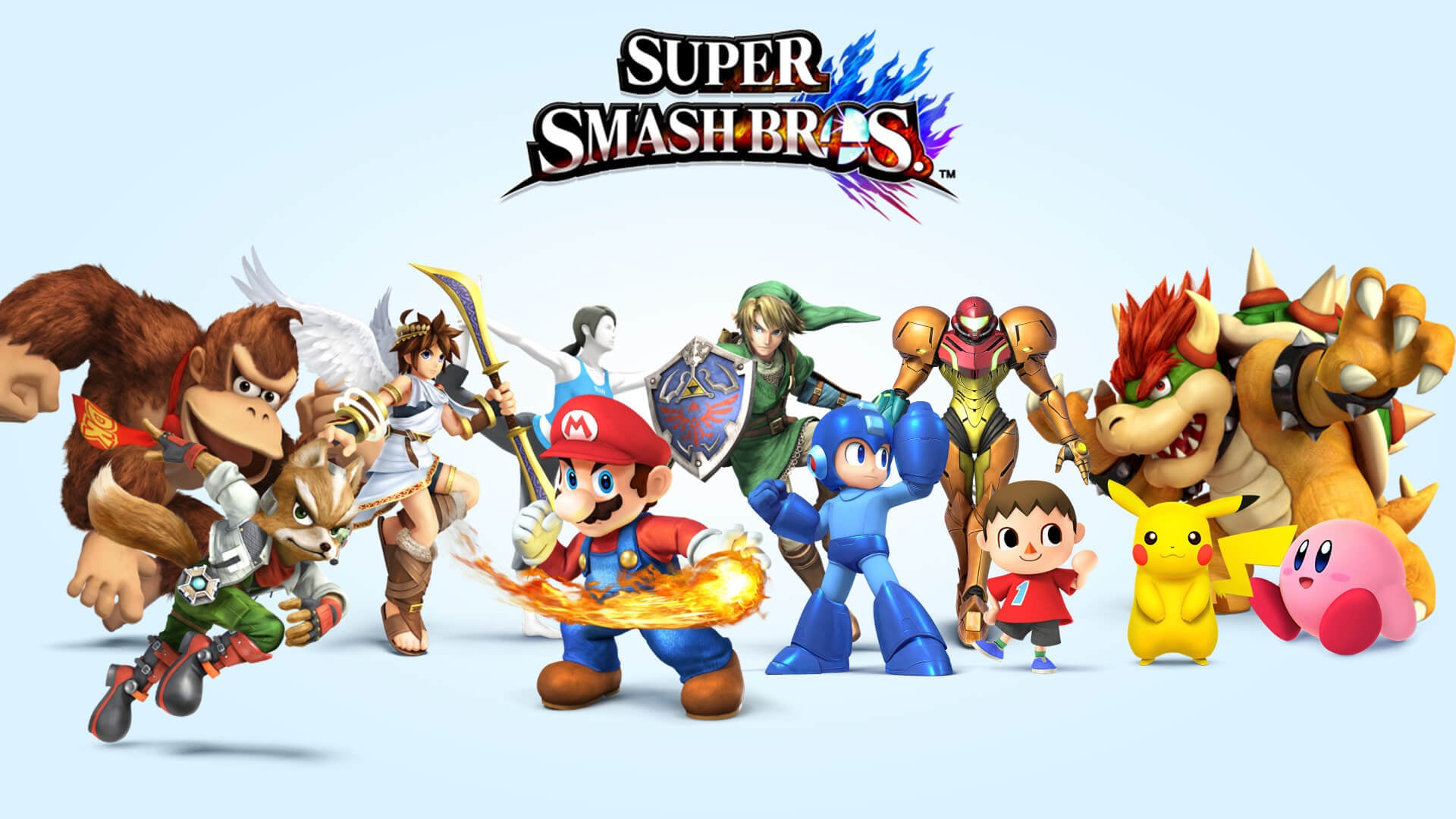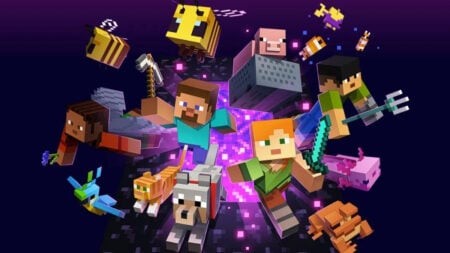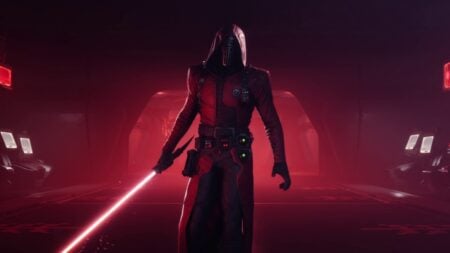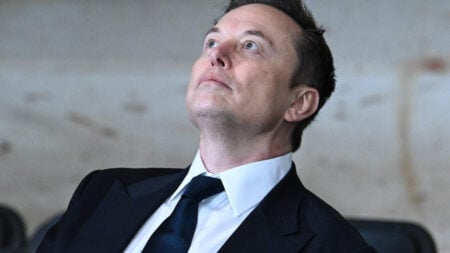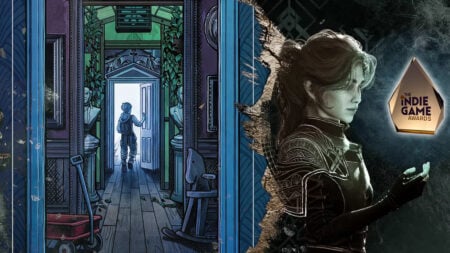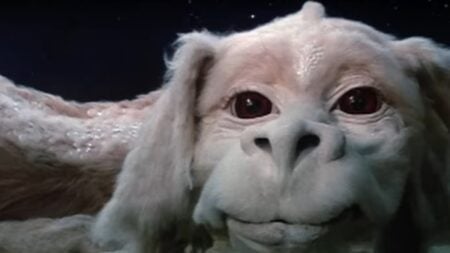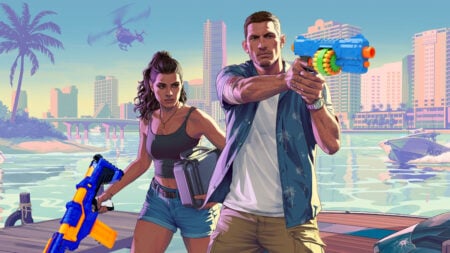It’s been a long, fun filled road, but it’s finally at an end. Super Smash Bros. for Wii U and 3DS is finally complete. Featuring 58 playable characters, 84 stages across both games, 99 Mii fighter outfits, and over 1000 Trophies, it is by far the biggest Smash Bros. game yet.
With the release of Bayonetta and Corrin on February 3, 2016, the game is finally complete. There will be no new characters, stages, costumes or even patches. With this in mind, how has one off Nintendo’s biggest projects it has ever tackled turned out? Pretty well, actually. I should be clear: this isn’t a review. It’s just a quick look at how the final product has turned out and how the new additions move the franchise forward.

When the Wii U version was first released on November 21, 2014, there were already a lot of characters, stages, and modes for players to try out and fool around with. Smash was the series standard vs mode. It remains the best part of the game, in my opinion, due to how easy and fun it is to jump into a match, choose your favorite character, and start beating the living daylights out of your favorite Nintendo Characters. While it had always only allowed for 4 players, Smash Bros. Wii U upped this number to eight, which led to some crazy, chaotic battles, especially if items and smash balls were on. Adventure mode, training, and Events all make their triumphant returns, with little to no changes. The adventure takes a new approach to difficulty and progression, but the end result is the same: fight Master Hand and then watch the credits scroll. The addition of the crazy core was really cool but wasn’t implemented as well as it could have been. When Master Hand first bursts open, revealing a grainy, shadowy creature, players were puzzled and excited. This new boss battle had different forms depending on what difficulty you had committed to, but none of these forms were much fun to conquer.
Smash Run and Smash Tour were meant to be the big, shiny new draw. Smash Run was little more than a truncated version of the subspace emissary that saw players trying to beat up filler enemies to pick up power-ups, boost your characters stats in an erratic way, and then enter the fray with a stats that could either be a boon or a curse. Like the new additions to adventure mode, Smash Run was a cool concept that was little more than a distraction. Smash Tour promised to be something much more enticing. At first glance, it was Mario Party with rounds bookended by fights. What I actually ended up doing was much less intense. You make your way around the board, picking up characters and items, and only engaging in battle when two players land on the same space, which almost never happened. However, the final battle was an all out brawl. Instead of using stock or a time limit, players fought using each one of the characters they had collected. The final match could let you play with five or six different characters, or you could be saddled with only one or two if fortune hadn’t favored you. I had some cool moments with this one, but the random nature of things seemed to go against the precise, skill-heavy nature of Smash Bros. I know that it’s meant to be a party game, but it still didn’t mesh well with the gameplay that has come to define the series.

Now that we’ve talked about the new modes and slight additions, let’s get into the meat of things: The Characters and stages. The new stages are as varied and erratic as ever, but the big change is the addition of Omega versions of stages. They take every complex stage with moving parts and dumb them down a bit. They all mimic the final destination stage, with its simple, flat layout and now stage hazards or platforms. It’s great for focusing purely on gameplay while still getting some level variety. Smash Bros. is a party game first and foremost, but that doesn’t diminish the skill it takes to juggle your opponent in the air and send them soaring off the screen. Being able to play on a flat field with the push of a button adds, even more, level diversity to the already large array of stages.
The new characters all feel right at home, despite some of the new additions being a little more mature. I was a little worried that Bayonetta would stand out like a sore thumb when she became available recently, but her crazy combos, over the top moves and overall absurdity are a perfect addition. Returning fighters like Lucas, Mewtwo, and Roy all feel great. They haven’t been revamped much and make the transition to Smash Wii U without a hitch. The other new fighters are Corrin – yet another fighter from the Fire Emblem series, Ryu from Street Fighter, and Cloud Strive of Final Fantasy VII fame. Cloud’s inclusion may be one of the greatest surprises in gaming history and his moves have a punch to them that we haven’t experienced since the original PlayStation. All the DLC characters and new additions like Little Mac, Robin, Mega Man, Duck Hunt and add something new to the roster and continue to showcase Nintendo’s colorful history. There isn’t a truly terrible character in the bunch. Each one has their own style, feel, and balance. Super Smash Bros. has become a mishmash of characters from throughout gaming’s history, recreating each one with clever effects and small touches.
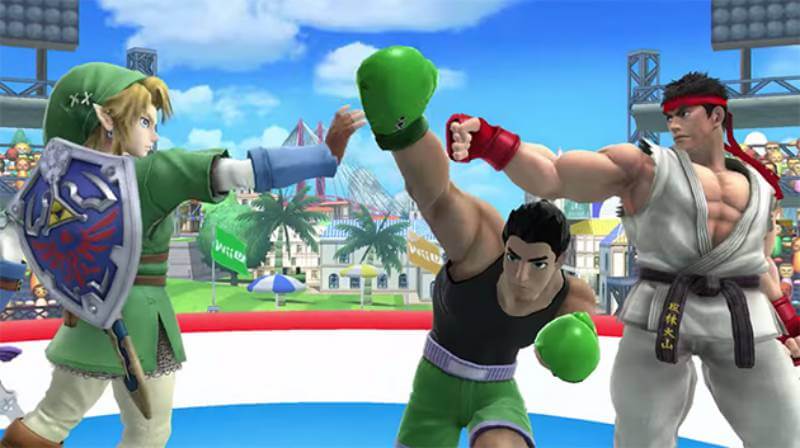
All in all, Super Smash Bros. for Wii U and 3DS is a resounding success. We got some cool new modes and stages, dozens of crazy characters, and a similar experience across both devices. The game has only gotten better over the past year and a half. My expectations for the next game in the series are now sky high. It’s been a good run, Smash Bros., until next time.

